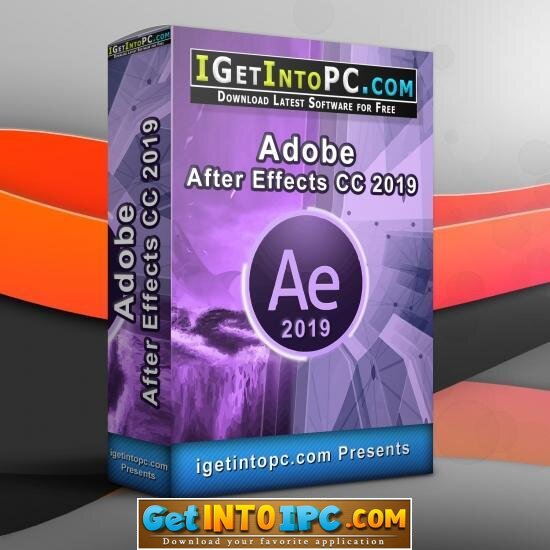

Rendering and exporting is that exciting part of the project when you get to see your finished product finally. Make sure to play the finished video file and check for any errors or problems. Longer videos and videos with more effects and elements will take longer to render. Rendering is processor intensive, so if you have a more powerful processor, it will finish faster. Click on Export and the render will begin. Then File > Export > Render Video will let you use the Adobe Media Encoder option. In the Timeline panel menu (top right of panel) choose Convert to Video Timeline). It sounds like you might have a Frame Animation instead of a Video Animation.
#Rotate video adobe media encoder cc 1080p
For example, if your project resolution is 1280×800, exporting a finished video at 1080p may distort your footage, as the final file resolution will be 1920×1080 (larger than the footage in your project.)Īlso, make sure to click on the Output Name to choose where you want to save the video file and how you want to name it. Dan Rodney Adobe Community Professional, May 12, 2016. The most important thing to remember with this setting is that you don’t want to set the quality too high. You can also tick the respective boxes to toggle “Export Video” and “Export Audio” if you want to exclude either from your finished file. Adobe Premiere makes it really easy with all of its presets for YouTube, Vimeo, mobile, and more. Typically, I look for settings that match the platform or site that I’ll be uploading to. Video Converter, as its name told that, is the all-in-one video helper. There are presets in the Adobe Premiere export window to choose the site destination or playback quality for your video. The flag on the left side of the preview controls the starting point of the video, while the right flag controls the endpoint. To select a portion of the video to export, grab the handles below the preview and drag them to the start and endpoint of the video you want to use. However, it’s good practice to scan through your video in that preview window to make sure your in and out points are where you intended. If you want to export the entire sequence from your project, you can skip this step. XMedia Recode can convert almost all popular audio and video formats, including 3GP, 3GPP, 3GPP2, AAC, AC3, AMR, ASF, AVI, AVISynth, DVD, FLAC, FLV, H.261, H. The first setting that I recommend tweaking is selecting the portion of the video that you want to export. While many tools require you to select what you want to export before you start rendering, Premiere’s export settings are flexible. Let’s learn more about tweaking these options so that your video comes out great. Select the location where your media is stored, select media, then click the Create button in the bottom right corner. On desktop: Click the Create a New Project blue button. On mobile: Click the + at the bottom of the screen and select Add Media. You can change everything from the portion of the sequence you’ll export to the quality and codec settings in the finished file. Bring the video, clips, and audio files you want from your media library into Adobe Premiere Rush.

This menu is where the power of Premiere’s rendering options live. Navigate to File > Export > Media to start exporting your Adobe Premiere project. adding to video 188 remap-time marker in the Source Time ruler 169 Renderer.


 0 kommentar(er)
0 kommentar(er)
